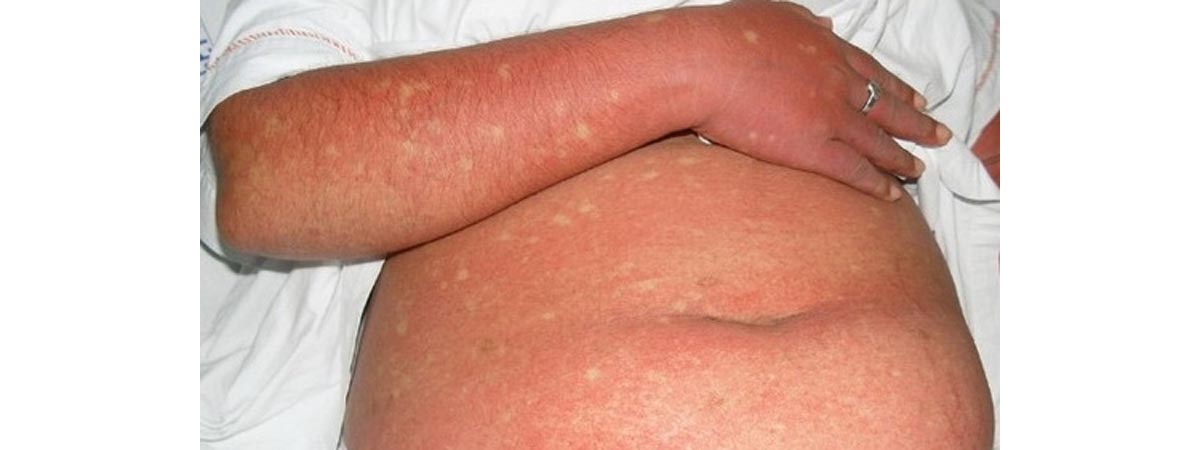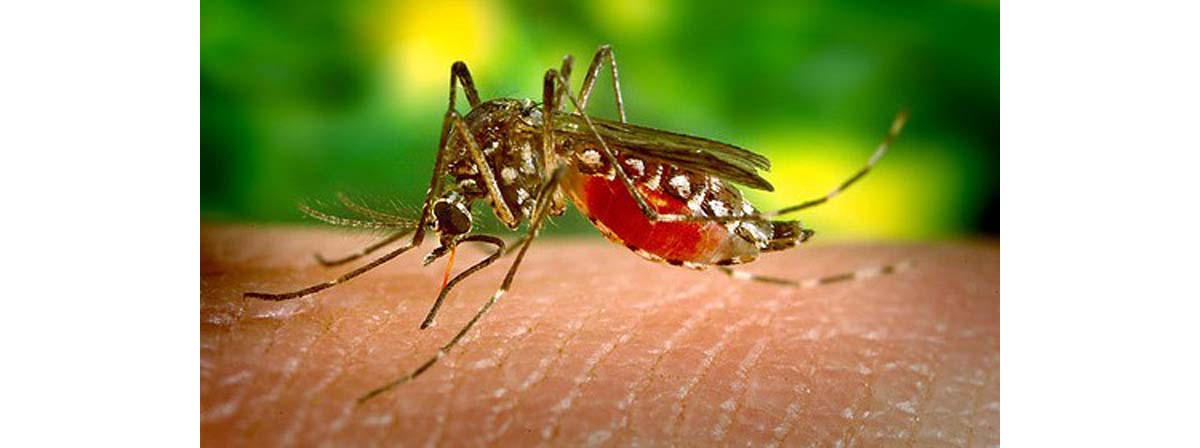Dengue fever is one of those tropical diseases that receive very little attention from people,even though it is quite common, surprisingly few people know much about it. Like most of these “orphan” or “neglected” diseases, dengue has no effective treatments, thus leaving many people vulnerable to the potential complications of this illness.

The name “dengue fever” is well known in Western countries, but when it comes down to it, few people really have any idea what exactly this disease is. When most people don't know about a disease like dengue fever, it can be very dangerous. That's why it's important to stay informed about it.
Although the dengue fever has been known for millennia, the disease wasn’t particularly frequent until the World War II. The ecological changes in the 20th century would lead to the widespread distribution and even epidemics of dengue throughout the more tropical regions of the world. Incidence of disease has increased by a scaringly 30 fold from the year 1960. Dengue fever has now become a global health issue, it is affecting more than 110 countries currently and has been taking a toll on the health of millions. Despite all this, still many people don't know much about it anymore.
Let's take a look at what exactly is the "dengue fever" and how it can affect you.
What is dengue fever?
The disease is sometimes referred to by some as the breakbone fever. Why? The name reflects the fact that infected individuals usually suffer from severe muscle and joint pain, in addition to a painful headache, fever and even a skin rash. The disease is caused by the dengue virus which is spread through insect bites. Symptoms might take up to two weeks to appear after someone is infected wih it.
Untreated patients may develop symptoms of the advanced stage, the dengue hemorrhagic fever. These patients display bleeding disorders, abnormally low counts of blood platelets and leakage of blood plasma. Some can develop the dengue shock syndrome, where the patient’s blood pressure falls dangerously low. Affected individuals experience pain at its worst, shortness of breath, and may develop circulatory failure which can lead to death. Fortunately, severe illness and life threatening complications are rare. In fact,
Geographic distribution of dengue fever
Usually carried by the Aedes aegypti mosquitoes, the dengue fever is common in the areas inhabited by this insect. This covers significant part of world’s tropical and subtropical regions. There are four types of dengue virus. Infection with one type provides life-long immunity towards that type but only a short-term immunity to the other dengue types. With another dengue infection, the risk for complications also rises.
It is estimated that approximately 50—100 million individuals from Latin America alone get infected with the disease yearly. Nowadays, about two-fifths of the world's population is at risk as they reside in dengue-endemic countries. Although dengue infection is rare in the United States, it is endemic in nearby Puerto Rico. Periodic incidence is also noted in the Pacific countries like Samoa and Guam.
The illness also greatly affects the population of South-East Asia. During this year alone, it has already affected almost 10,000 individuals in the region. Two dengue-related deaths were registered in Singapore. In Thailand, 40,000 cases and 40 deaths were registered.
In The Absence Of Specific Treatment, The Control Of Dengue Is A Priority
As no vaccine and drug have been developed to treat the disease so far, only symptomatic treatment of dengue is available at present time. The adequate clinical examination is important for faster diagnosis and treatment. In the acute cases, supportive treatment such as intravenous re-hydration needs to be done. Fluid replacement and blood transfusion have proven to save lives of those who suffer from dengue complications.

Factors behind the disease persistence
Climate and population growth seem to be behind the persistence and spread of disease. Hotter and wetter weather hastens the life cycle of disease-carrying mosquitoes and increases the tendency for stagnant waters to accumulate. When the yearly low temperature rises above the average, the illness occurs earlier and affects a larger percentage of the population. The explosive growth of human population in the last century means that density of population in some regions becomes very high. This is ideal ground for spreading infections.
The disease persists despite the implementation of various global awareness programs aimed to limit the disease spread. Partially, this is associated with the lack of commitment to engage in health-wise practice. Studies show that despite the rise of awareness level, many poor practices lingers.
What can be done to improve the control of disease?
Lots of efforts needed when it comes to eradicating an infectious disease. Centralized coordination of various eradication programs is important. Awareness campaigns have been undertaken in affected countries to address this health issue. In some countries, thousands of mosquito repellants and aerosol sprays are given freely to help residents in the dengue cluster areas.
New hope emerged with the recent attempts to develop a vaccine. In Thailand, vaccination has offered certain degree of protection to school children in the small scale trial. However, the trials need to be done at a large scale to be conclusive.
Studies show that proper insect control helps in elimination of dengue
Scientists conducted a study that modeled the process of dengue fever transmission. The findings revealed that dengue transmission can be alleviated for up to 2 years through consistent control of the replication of larvae of the disease-causing mosquitoes and doubling the number of years through replication control of adult mosquitoes. Successful methods of achieving this outcome include seeking out and destroying the mosquitoes breeding sites, the use of larvicides (agents killing mosquitoes larvae) and insecticides.
Aedes aegypti mosquitoes tend to parasite on humans rather than other mammals. Most of their breeding sites are found in the houses. Awareness campaigns encourage people to undertake personal as well as collective efforts to finding and reducing the habitat and the number of mosquitoes that may reside right in their homes. This can significantly reduce the likelihood of subsequent mosquito bites and infections.
- Sommerfeld J, Kroeger A. (2012) Eco-bio-social research on dengue in Asia: a multicountry study on ecosystem and community-based approaches for the control of dengue vectors in urban and peri-urban Asia. Pathog Glob Health 106(8): 428-35
- Guzmán, M.G. & Gustavo Kouri, G. (2002) Dengue: an update. The Lancet Infect diseases 2, 33-42
- Chinnakali P. et al. (2012) High Level of Awareness but Poor Practices Regarding Dengue Fever Control: A Cross-sectional Study from North India. N Am J Med Sci. 4(6): 278-82
- Hung NT (2012) Fluid management for dengue in children. Paediatr Int Child Health 32 Suppl 1: 39-42
- The Lancet (22 June 2013) Dengue - an infectious disease of staggering proportions. The Lancet 381, Page 2136.
- Photo courtesy of Emy Abi Thomas, Mary John,1 and Bimal Kanish by Wikimedia Commons : commons.wikimedia.org/wiki/File:Erythema_with_petechiae_on_patient_with_dengue_fever.jpg
- Photo courtesy of jentavery by Flickr : www.flickr.com/photos/60569585@N06/5568919509/
- www.ncbi.nlm.nih.gov/pubmed/23318234
- www.thelancet.com/journals/laninf/article/PIIS1473-3099(01)00171-2/abstract
- www.ncbi.nlm.nih.gov/pubmed/22754880
- www.ncbi.nlm.nih.gov/pubmed/22668449
- www.thelancet.com/journals/lancet/article/PIIS0140-6736%2813%2961423-3/fulltext?elsca1=ETOC-LANCET&elsca2=email&elsca3=E24A35F

